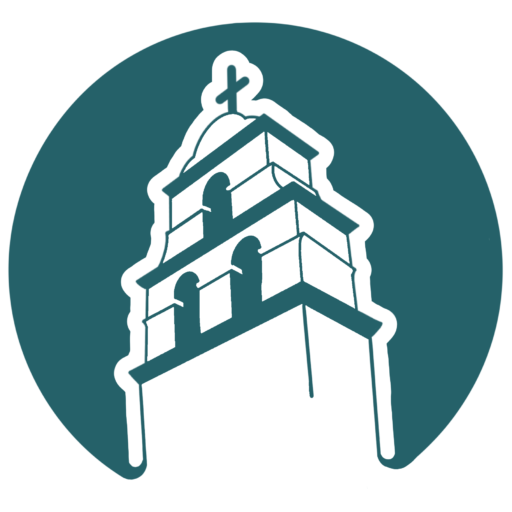VATICAN CORNER
In Chapter 27 of the Gospel of Matthew, an earthquake is described that shook Jerusalem on the day of Jesus’ crucifixion.
Matthew 27:50-54 reads: “Then Jesus cried again with a loud voice and breathed his last. At that moment the curtain of the temple was torn in two, from top to bottom. The earth shook, and the rocks were split. The tombs also were opened, and many bodies of the saints who had fallen asleep were raised. After his resurrection they came out of the tombs and entered the holy city and appeared to many. Now when the centurion and those with him, who were keeping watch over Jesus, saw the earthquake and what took place, they were terrified and said, ‘Truly this man was God’s Son!’”
Scientists have found ways of dating past earthquakes by studying core samples of soil which contain “varve” the annual deposit of sediment from lakes. Varve consists of two distinct bands of sediment deposited in summer and winter. So counting varve is also counting years and is similar to counting growth rings in tree trunks. Three soil samples taken 13 miles from Jerusalem from the beach of the Ein Gedi Spa adjacent to the Dead Sea indicate two major earthquakes affected the samples. One earthquake was widespread and took place in the year 31 BC. The other more local quake took place between the years 26 and 36. The smaller quake occurred during the years when Pontius Pilate was procurator of Judea and it seems like it could be the same earthquake described in the Gospel. The date of the crucifixion (Good Friday) within the year it occurred has always been known with a fair degree of precision, but the year it occurred has been a question. An article in 2012 in the International Geology Review by geologists Jefferson B. Williams, Markus J. Schwab and A. Brauer describes their study of those core samples. And then using that geologic research combined with Biblical, astronomical and Jewish calendar information from a Nature paper by Colin Humphreys and Graeme Waddington, the information points to a handful of possible dates of the crucifixion, with the best match being Friday, April 3, in the year 33. In addition to the earthquake reference, three of the four gospels report darkness from noon to 3 p.m. on the day of the crucifixion. A dust storm could have been the cause of such darkness and researchers have also been looking for evidence of dust storm deposits in sediments that coincident with the earthquake.
Sources: biblicalarchaeology.org, nbcnews.com
